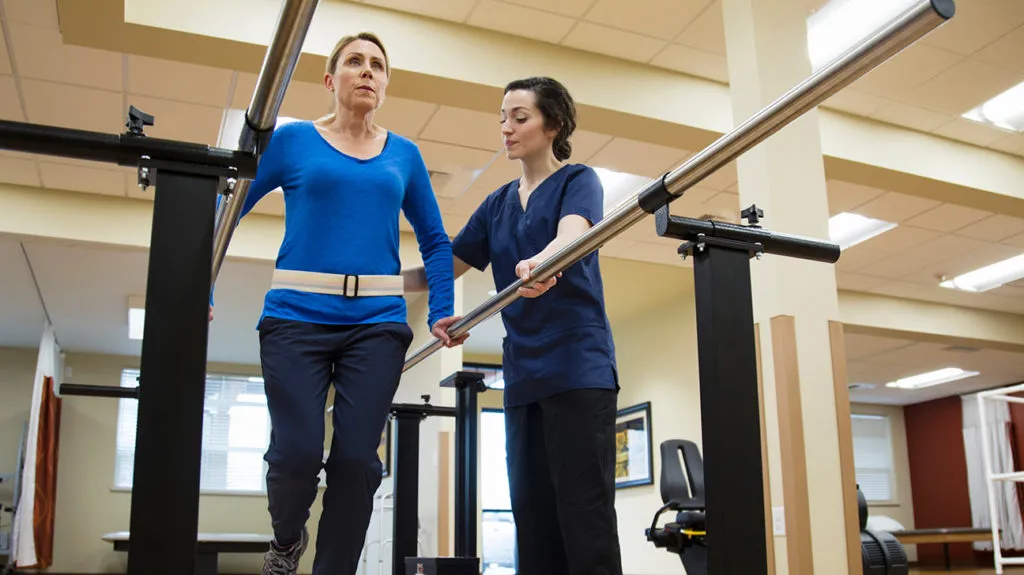The 4 Common Spinal Cord Injury Recovery Stages

Ever wondered about the path to healing after a spinal cord injury?
Understanding the spinal cord injury recovery stages can shed light on this journey, offering hope and direction. These spinal cord injury healing tips can be your guide, packed with valuable insights to help navigate each stage.
Stay tuned as we unravel the complexities of spinal cord injury recovery.
1. Acute Stage (Days to Weeks)
The acute stage is the first step in healing after a spinal cord injury. This stage begins right after the injury happens and lasts for a few days to a week. During this time, the body is in shock, and its main goal is to stabilize itself.
Doctors will be busy during this stage. They will try to control pain, prevent infection, and keep the body’s vital functions, like breathing and blood pressure, stable. This is a very important stage, as the actions taken here can greatly affect the rest of the spinal cord recovery journey.
2. Rehabilitation Stage (Weeks to Months)
After the acute stage comes the rehabilitation stage; this stage can take weeks to months. Here, the focus is on helping the person regain as much function as possible.
During this time, the person may start physical therapy or occupational therapy. They will learn new ways to do daily tasks. The goal is to help them become as independent as possible.
3. Subacute Stage (Months to Years)
The subacute stage, spanning from months to years, is the next step in spinal cord injury recovery. During this phase, the body continues to adjust and heal. The main focus is on improving physical and mental strength.
This stage often involves continued therapies and adjustments to daily life. The person learns to adapt to their new levels of mobility and independence. It’s a time of learning, adapting, and growing stronger.
4. Chronic Stage (Years and Beyond)
The Chronic Stage marks the final phase in the journey of spinal cord injury recovery, commencing after several years and extending onwards. This stage is characterized by long-term adaptation to the injury. The person continues to make adjustments to living with their current level of mobility and independence.
For example, you should consider this laser spine surgery in New York as a potential option to enhance your recovery process and optimize long-term outcomes. Ongoing rehabilitation and adaptive strategies remain integral components of this stage, supporting individuals as they work towards maximizing their quality of life.
It’s crucial to note that progress and healing can still take place during this stage. Many people find new ways to improve their quality of life and continue working with healthcare providers and therapists to achieve their goals. The journey of healing and adaptation never truly ends; it simply evolves.
Navigate Triumph Through Spinal Cord Injury Recovery Stages With Resilience
In the end, remember that every journey through spinal cord injury recovery stages is unique. It may seem like a mountain climb, but your courage and resilience can turn it into a rewarding journey.
There will be challenges, but don’t lose sight of your goals. You are stronger than you think, and every step you take in this journey brings you closer to regaining your independence and improving your quality of life. Keep going!
Is this article what you were seeking? If so, our blog contains a wealth of helpful content.
